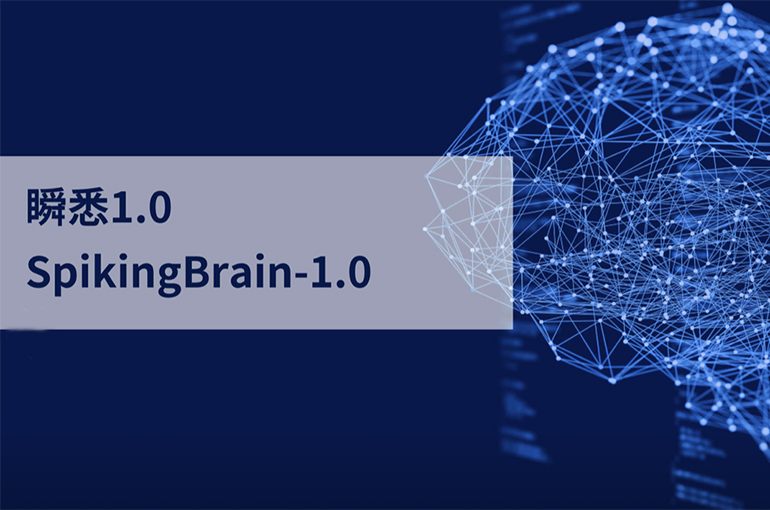 Chinese Researchers Create Brain-Inspired AI Model Rivaling ChatGPT
Chinese Researchers Create Brain-Inspired AI Model Rivaling ChatGPT(Yicai) Sept. 11 -- Chinese researchers have developed a brain-inspired large language model that promises more energy-efficient reasoning than mainstream systems such as OpenAI’s ChatGPT and Google’s BERT.
The model, called SpikingBrain, was created by a team led by Li Guoqi and Xu Bo at the Institute of Automation under the Chinese Academy of Sciences, according to a recently published study. It was trained on hundreds of graphics processing units supplied by Shanghai-based chipmaker MetaX.
SpikingBrain represents a non-transformer path for AI development, Xu Bo, director of the institute, said to Xinhua News Agency. “It might inspire the design of next-generation neuromorphic chips with lower power consumption.” Neuromorphic chips are processors modeled on the brain’s architecture.
Unlike transformer-based models such as ChatGPT, which require heavy computational resources, SpikingBrain relies on event-driven spiking neurons that mimic the brain’s adaptive, energy-efficient signaling. This approach enables training with significantly smaller datasets.
Using only about 2 percent of the pre-training data consumed by mainstream large models, SpikingBrain matched the performance of several open-source benchmarks in language understanding and reasoning tasks, Xinhua reported.
The LLM's efficiency stems from spike-based thresholds rather than dense attention mechanisms, allowing fast and sparse computation. For example, when processing a one-million-token input, one version of SpikingBrain generated the first output token nearly 27 times faster than a comparable transformer model.
The system also shows advantages in handling ultra-long sequences, making it suitable for areas such as legal and medical document analysis, high-energy physics, and DNA sequence modeling, according to the report.
Editor: Emmi Laine